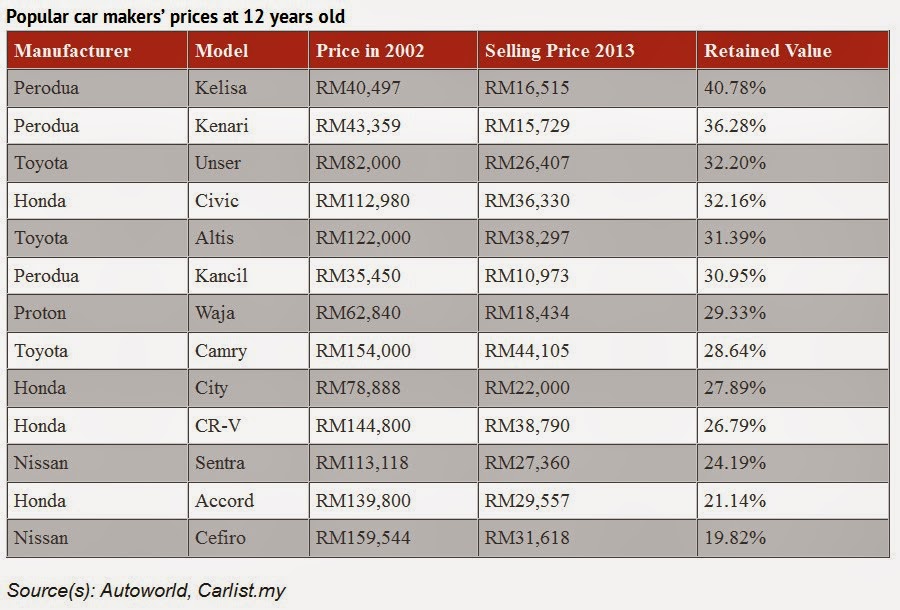Saham Zhulian jatuh 101 sen dalam sehari pada 23 Januari 2014? Kenapa?
5131CA ZHULIAN-CA ZHULIAN-CA:CW ZHULIAN CORP(C)
Listing Information & Profile for Structured Warrants
Instrument Type : Structured Warrants
Type of Structured Warrants : Call Warrants
Description : European Style Non-Collateralised Cash-Settled
Underlying Stock : Zhulian Corporation Berhad
Issuer : CIMB Bank Berhad
Stock Code : 5131CA
Stock Short Name : ZHULIAN-CA
ISIN Code: MYL5131CAO14
Board : Structured Warrants
Sector : CONSUMER PRODUCTS
5131CA ZHULIAN-CA ZHULIAN-CA:CW ZHULIAN CORP(C)
Expiry/Maturity of the securities
Type of Securities : Structured Warrants
Type of Structured Warrants : Call Warrants
Type of Expiry : Expiry/Maturity of the securities
Exercise/ Strike/ Conversion Price : MYR 3.0000
Exercise/ Conversion Ratio : 2 : 1
Settlement Type/ Convertible into : Cash
Last Date & Time for Trading : 27/01/2014 05:00 PM
Date & Time of Suspension : 28/01/2014 09:00 AM
Last Date & Time for Transfer into Depositor's CDS a/c : 30/01/2014 04:00 PM
Date & Time of Expiry : 30/01/2014 05:00 PM
Date & Time of Delisting : 04/02/2014 09:00 AM
Remarks : You are advised to read the full announcement at http://www.bursamalaysia.com.
ZHULIAN ada dua call waran, ZHULIAN-CA dan ZHULIAN-CB.
ZHULIAN-CA akan tamat tempoh pada matang pada 30 Jan 2014 dan penyelesaian tunai adalah secara 2 CA + RM3 dan 27 Jan 2014 adalah hari terakhir dagangan saham yang berjumlah 50 juta unit ini.
Jika harga ZHULIAN(ibu) ialah RM4.60, penyelesaian untuk
ZHULIAN-CA adalah (RM4.6 - RM3) / 2 = 80sen.
Jadi untuk 50 juta unit ZHULIAN-CA, pengeluar perlu membayar
RM0.8 X 50,000,000 = RM40,000,000 (RM40juta) kepada pemegang unit
ZHULIAN-CA.
Hari ini ZHULIAN ditutup RM3.60, jadi (RM3.6 - RM3) / 2 = 30sen, dan untuk 50 juta unit ZHULIAN-CA, pengeluar akan membayar RM0.30 X 50,000,000 = RM15, 000,000 (RM15juta) kepada pemegang saham ZHULIAN-CA. (*andaian mudah - rujuk link contoh kiraan dibawah)
Keadaan ini membuatkan pengeluar hanya perlu keluarkan RM15 juta sahaja, jimat 25juta (40 - 15)
Jumlah dagangan ZHULIAN ialah 12,551,800 unit dan adakah ZHULIAN adalah saham yang dikategori dalam list "
regulated short selling (RSS)", yakni saham-saham yang boleh dijual tanpa memiliki saham tersebut? Lihat
DISINI.
Maklumat lanjut mengenai SBLCLA (
Bursa Securities Borrowing and Lending - Central Lending Agency)
DISINI.
Jika semua ini adalah jualan pengeluar, dan semua yang dijual pada purata (RM4.00) kerana harga jatuh dari RM4.61 dan ditutup pada RM3.60, katakan keuntungan dalam RM0.60 sesaham.
RM4.61 - RM3.6 = RM1.01 (jumlah kejatuhan harga penuh)
Jika andaian purata keuntungan ialah RM0.60,
RM0.60 X 12,551,800 = RM7,531,080 (keuntungan dijana melalui ZHULIAN)
Akhirnya dari RM15juta - RM7.53juta = RM7.46juta
Jika ditakdirkan semua adalah jualan mereka, RM1.01 x 12,551,800 = RM12.67juta, anggaran kerugian akhir hanya RM2.33 juta sahaja (kiraan tidak mengambil kira pendapatan permulaan 50juta unit x RM0.15 = RM7.5juta semasa terbitan unit).
Rata-rata hampir kesemua saham-saham yang berada dalam "
regulated short selling" mempunyai call atau put warrant yang dikeluarkan oleh investment bank. Kalau x percaya, ambil list tu dan periksa sendiri.
 |
| Mana volume - kenapa tiada yg menjual? |
Jadi awasi, ini mungkin bukan kali terakhir pekara sebegini boleh berlaku & coolnya pemegang unit
ZHULIAN-CA.....no matter what they will win, jap je lagi!
Tak masuk akal, teruskan kajian - selamat menemui hypothesis yang lebih masuk akal kerana ZHULIAN-CA akan jadi sejarah muzium! Ingatan untuk tidak dimakan jerung.
Rujukan lanjut
1.
Contoh pengiraan penyelesaian call waran
2.
SBL
































